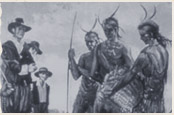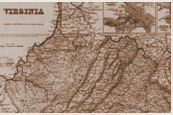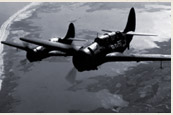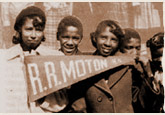March on Washington for Jobs and Freedom (28 August 1963)
Stanford University: "Martin Luther King, Jr. Papers Project"
Description: "I have a dream that my four little children will one day live in a nation where they will not be judged by the color of their skin but by the content of their character." This resource is a PDF-formatted version of the text of Martin Luther King, Jr.'s "I Have A Dream" speech, given during the March on Washington in August, 1963. The speech, deservedly one of the most famous in American history, is available here in multiple languages with an audio component. Composed in a more colloquial style than his letter to the white ministers of Birmingham, this resource gives students a chance to explore many of the underlying paradigms of the 1950s-1960s Civil Rights movement. Students will find this speech a good launching point into a discussion of the "color blind" society which Dr. King passionately appeals for in this speech, and the "affirmative action" lens through which we currently interpret civil rights issues.
Teaching Tips:
"Do Now" Suggestion
- The teacher can play the audio clip from the letter (link located on the page) and ask the students to respond to the following prompt: How far do you think American society has come since the Civil Rights Movement to reach MLK's dream?
- As students read the speech, they can take notes in a Split-Screen Organizer on the grievances MLK mentions. A Split-Screen Organizer contains a written explanation in the right column and a complementary image on the left side (can be a symbol, drawing, photograph, cartoon, etc.).



